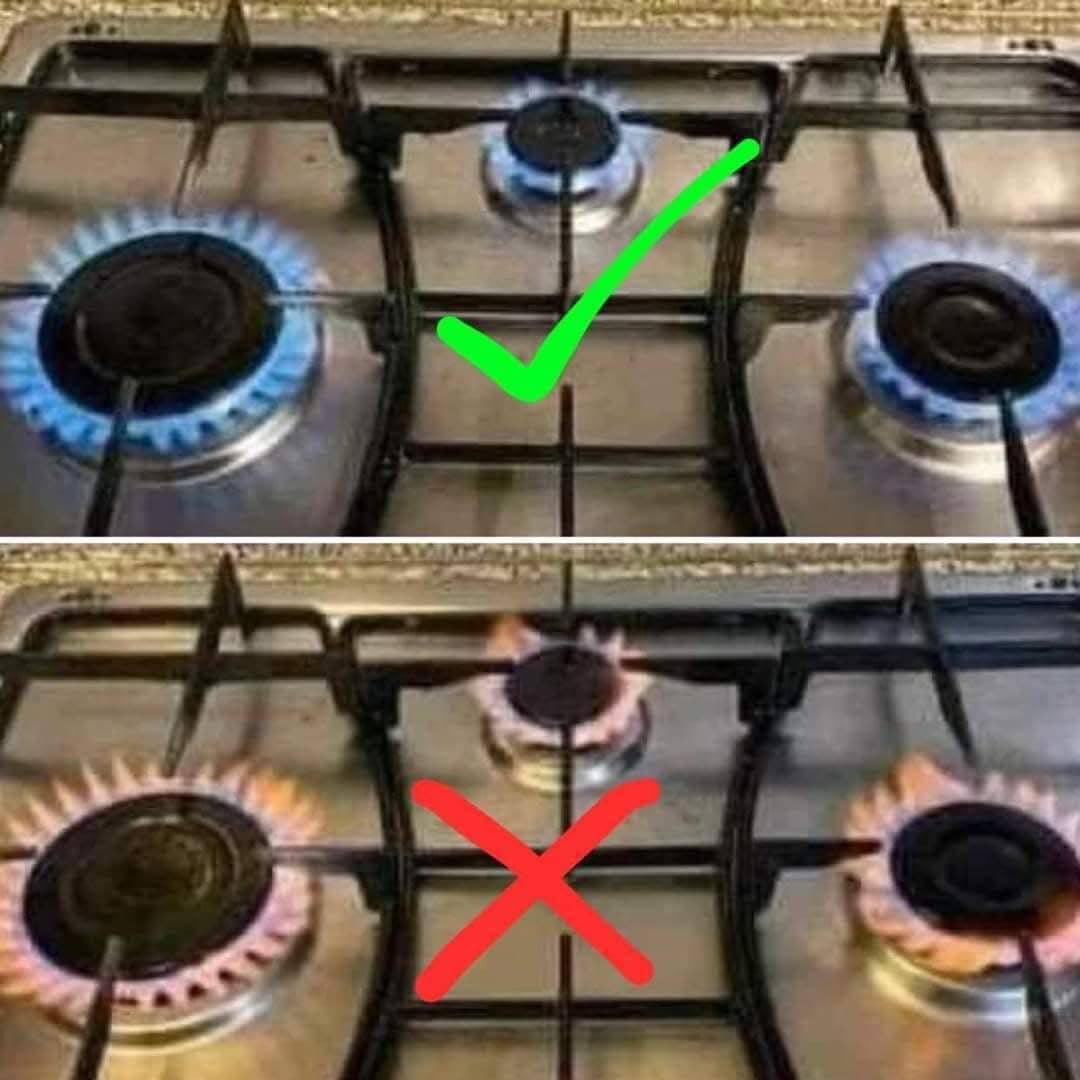ADVERTISEMENT
1. **Air Supply Issues**: A lack of air can prevent the stove from burning the gas efficiently, which could cause the flame to turn yellow or orange. Ensure that the burners are clean and free from blockages that could restrict airflow.
2. **Dirty Burners**: Over time, food spills and grease can build up around the burners. This debris can interfere with the gas flow and combustion process, resulting in a yellow or orange flame. Regularly cleaning your stove and burners will help maintain optimal performance.
3. **Faulty Gas Pressure**: If the gas pressure is too high or low, it can cause inefficient combustion. This could be caused by an issue with the gas regulator or a leak in the gas line.
4. **Old or Worn Burners**: As stoves age, burners may wear out or become damaged. This can lead to inconsistent flames. If you notice that the flames aren’t blue and consistent, it may be time to replace the burner.
5. **Incorrect Gas Type**: If you’ve recently switched gas types (for example, from natural gas to propane), you may need to adjust your stove’s settings. Mismatched gas types can lead to improper combustion, affecting the color of the flames.
### **How to Fix or Prevent Flame Issues**
1. **Clean Your Burners**: Make sure your burners are free from grease, food debris, and dust. Regular cleaning will help maintain a consistent blue flame and improve cooking efficiency.
2. **Adjust the Air Supply**: Ensure the air vents around your burners are not blocked. If the vents are dirty or obstructed, it can lead to poor combustion and a yellow flame. Clean the vent openings and ensure adequate air circulation.
3. **Check for Gas Leaks**: If you notice any unusual flame colors, it’s essential to check for gas leaks around your stove or gas line. If you suspect a leak, turn off the gas supply immediately and call a professional to inspect and repair the issue.
4. **Replace Faulty Parts**: If your stove continues to produce a yellow or red flame despite your efforts, the burner or gas regulator may need to be replaced. It’s a good idea to have a professional technician assess the situation to prevent any safety hazards.
5. **Call a Professional**: If you can’t resolve the issue on your own, it’s important to call a professional. A technician can inspect the stove, check the gas flow and pressure, and ensure everything is working as it should.
### **Conclusion**
The color of your stove’s flame is more than just a visual detail—it’s a crucial indicator of how well your stove is functioning. Blue flames are ideal, indicating that your stove is running efficiently and safely. Yellow or orange flames, on the other hand, suggest problems with combustion that can lead to safety hazards, poor cooking results, and higher energy costs.
By paying attention to your stove flames, cleaning your burners regularly, and addressing any issues as they arise, you can ensure your cooking appliance runs safely and efficiently. So, the next time you fire up your stove, take a moment to glance at the flame color—it might just save you from a future problem!
ADVERTISEMENT
